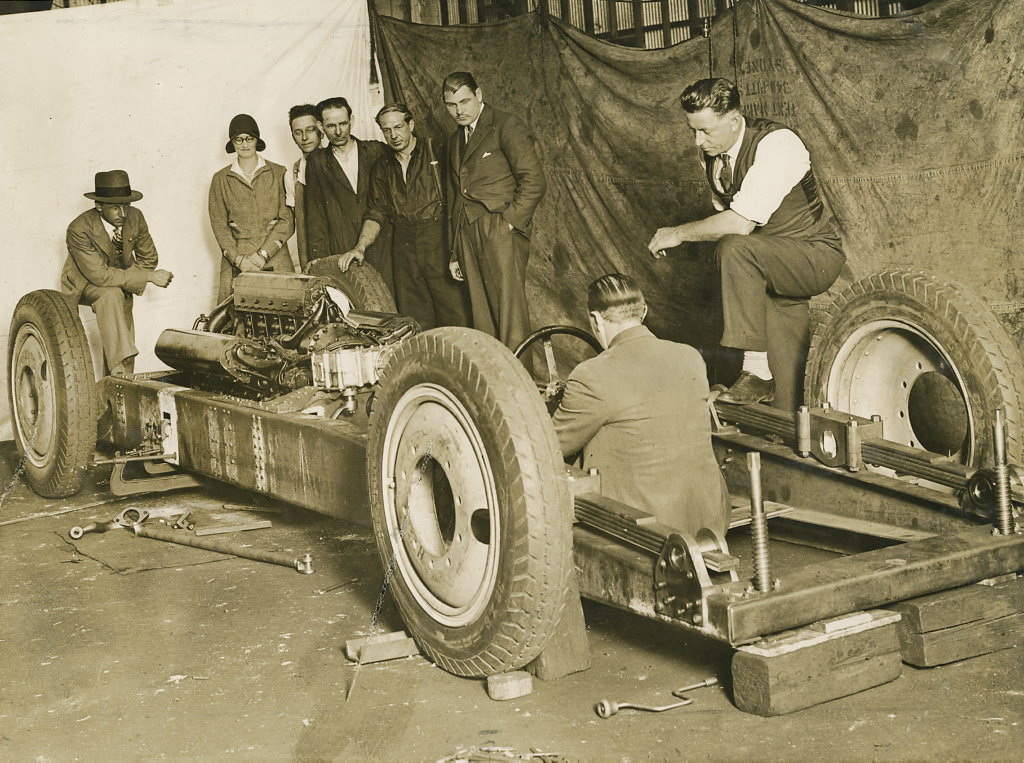Motor racing in the 1920s and 1930s was a wild and daring sport. It was very different from the racing we see today. These were the early days of fast cars, and safety wasn’t exactly a top concern. Cars were constantly getting better and better, though.
The Cars
The cars of this era were quite basic compared to modern race cars. They were often built on regular car frames. They had powerful engines, but the bodies were simple. There were not a lot of safety features.
Many cars didn’t even have seatbelts. Roll cages, which protect drivers if a car flips, were rare. Drivers usually wore simple leather helmets. Sometimes they just wore goggles to protect their eyes.
The tires were thin and didn’t grip the road very well. This made the cars hard to control. Drivers had to be very skilled. Braking systems were also primitive compared to today. Stopping a car at a high speed took great effort and skill.
The Tracks
Many races took place on public roads. These roads were often unpaved and bumpy. Some races were held on dedicated tracks. Those tracks were often made of dirt or bricks. The Indianapolis Motor Speedway, for example, was originally paved with bricks. It is still nicknamed “The Brickyard” today.
Read more
These tracks were dangerous. There were few barriers to protect spectators. Cars sometimes went off the track and into the crowd. There was very little to protect onlookers.
The Drivers
The drivers of this era were incredibly brave. They risked their lives every time they raced. They were seen as heroes by many people. They were like modern-day gladiators on wheels.
Many drivers came from humble backgrounds. They saw racing as a way to make a name for themselves. It was a way to escape poverty. Racing was a way to earn money and fame.
Famous drivers of the era included Ralph DePalma, an Italian-American who won the 1915 Indianapolis 500. There was also Englishman, Sir Henry Segrave. He set land speed records in addition to being a successful racer. Another star of the time, Bernd Rosemeyer, was a German driver who excelled on the track during the mid-1930s.
The Races
Races were often very long, sometimes lasting for many hours. The 24 Hours of Le Mans, a famous endurance race, started in 1923. Drivers would race through the day and night. The cars were pushed to their limits. The drivers were, as well.
The Indianapolis 500 was another major race. It started in 1911 and quickly became a popular event. It was a test of speed and endurance. Winning the Indy 500 was, and still is, a very big deal.
Grand Prix racing was also popular in Europe. These races were held on different tracks around the continent. They helped develop new racing technologies. They were a proving ground for innovation.


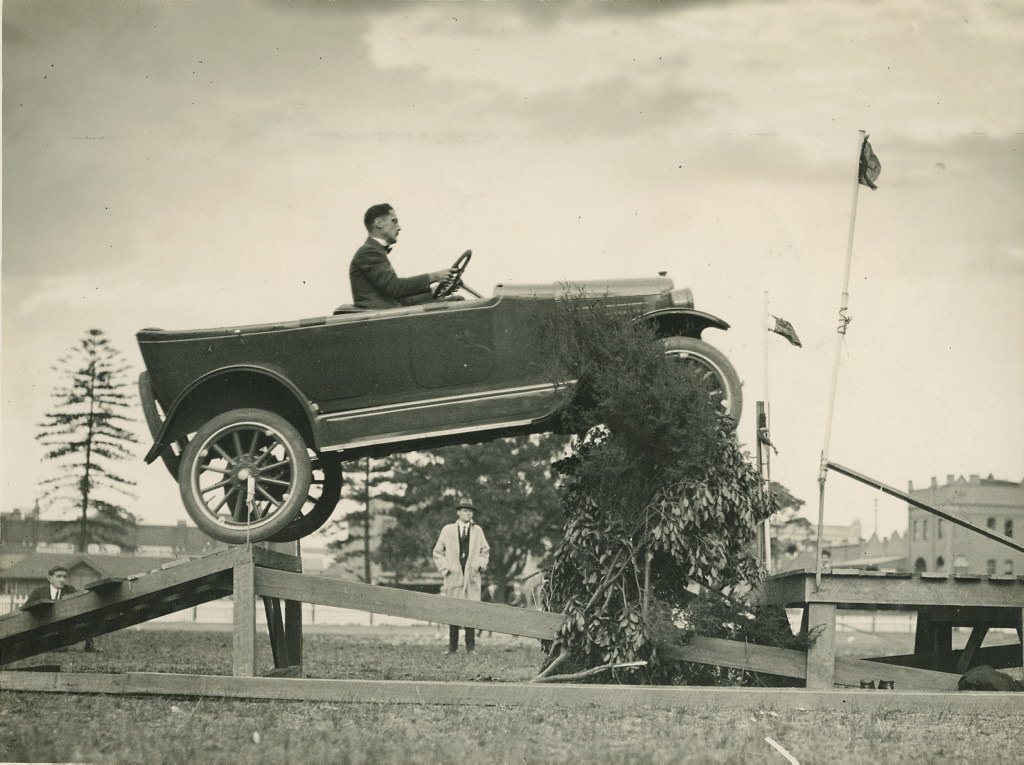
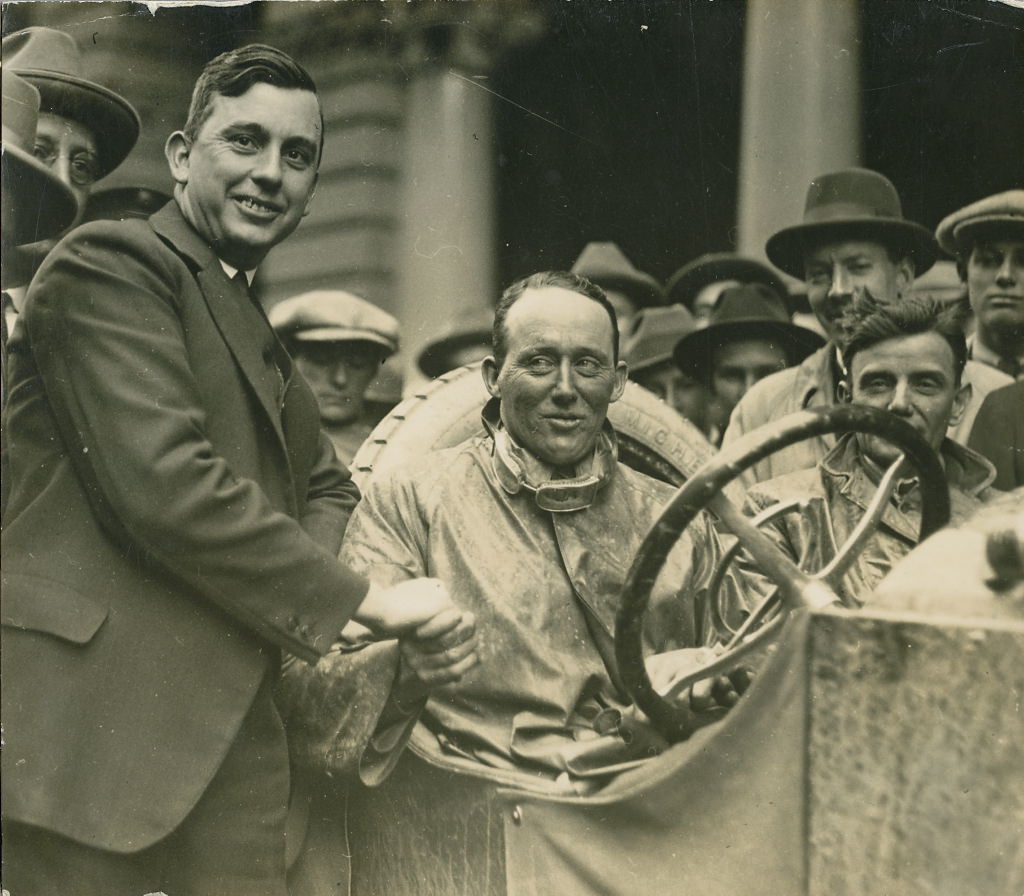
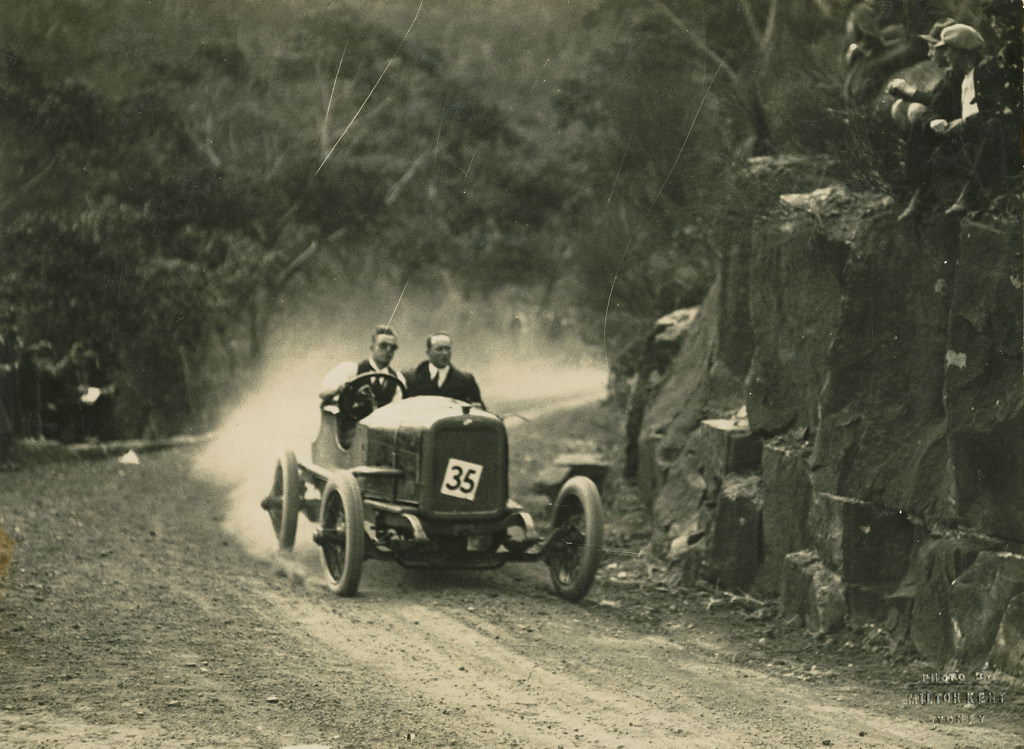
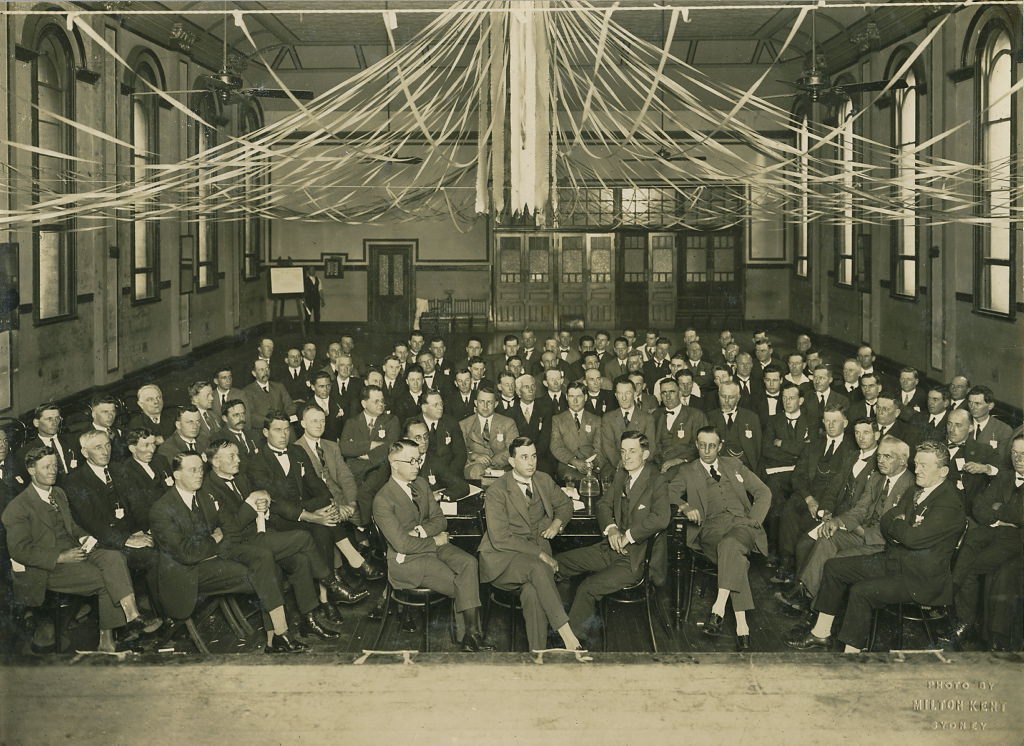
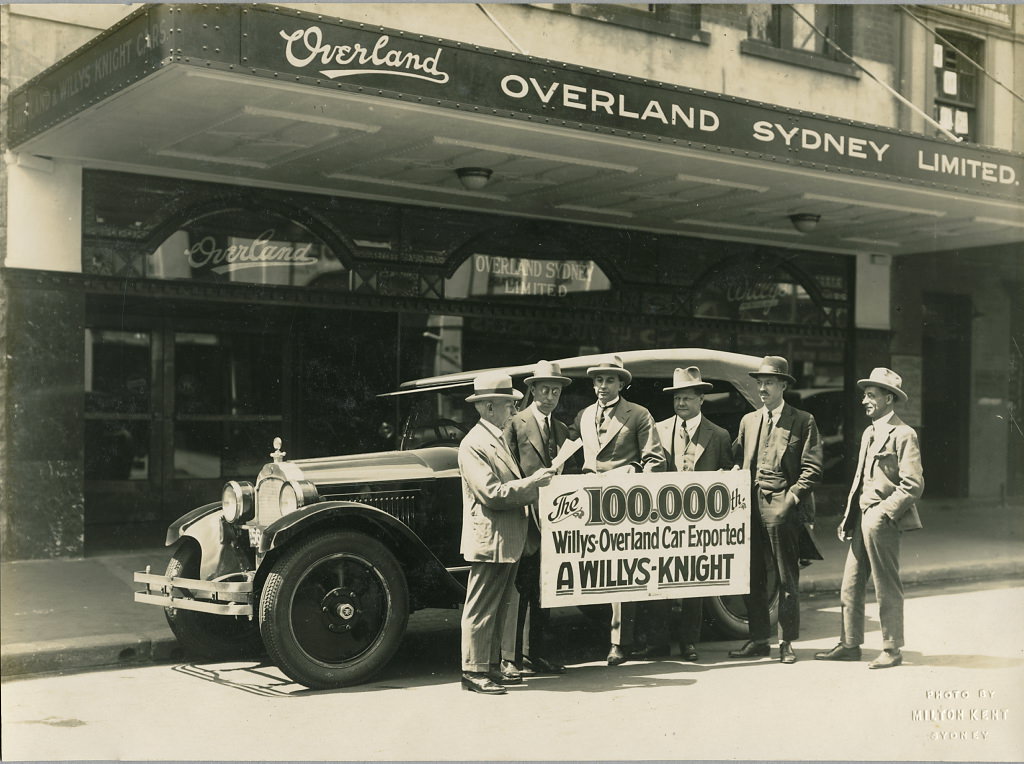
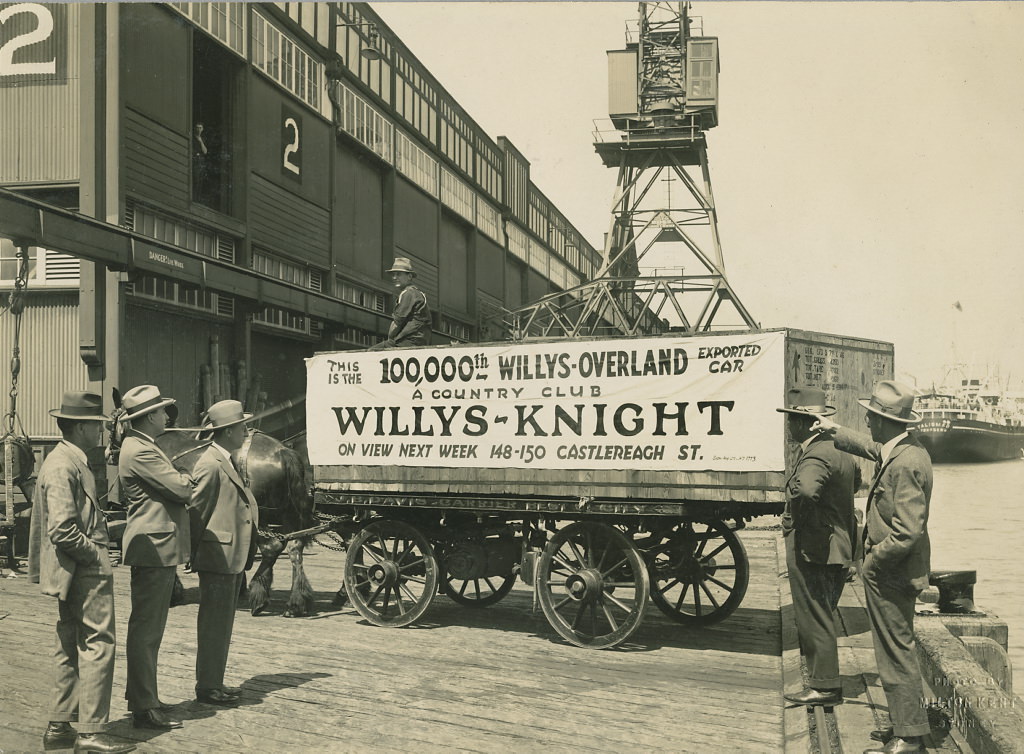
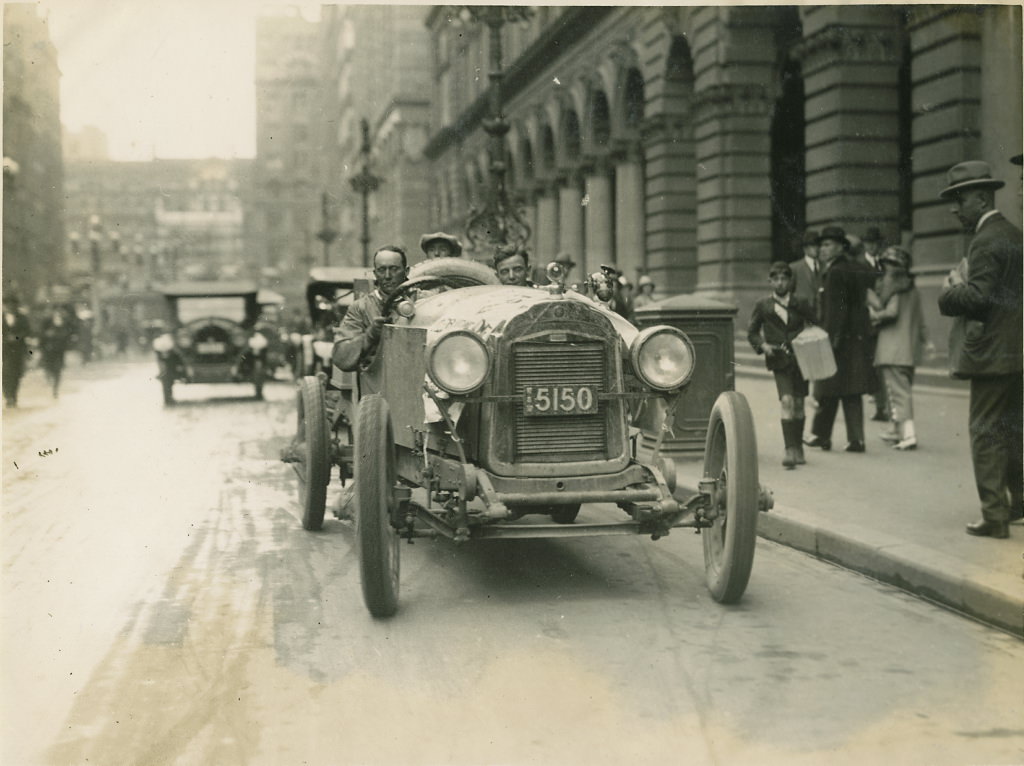
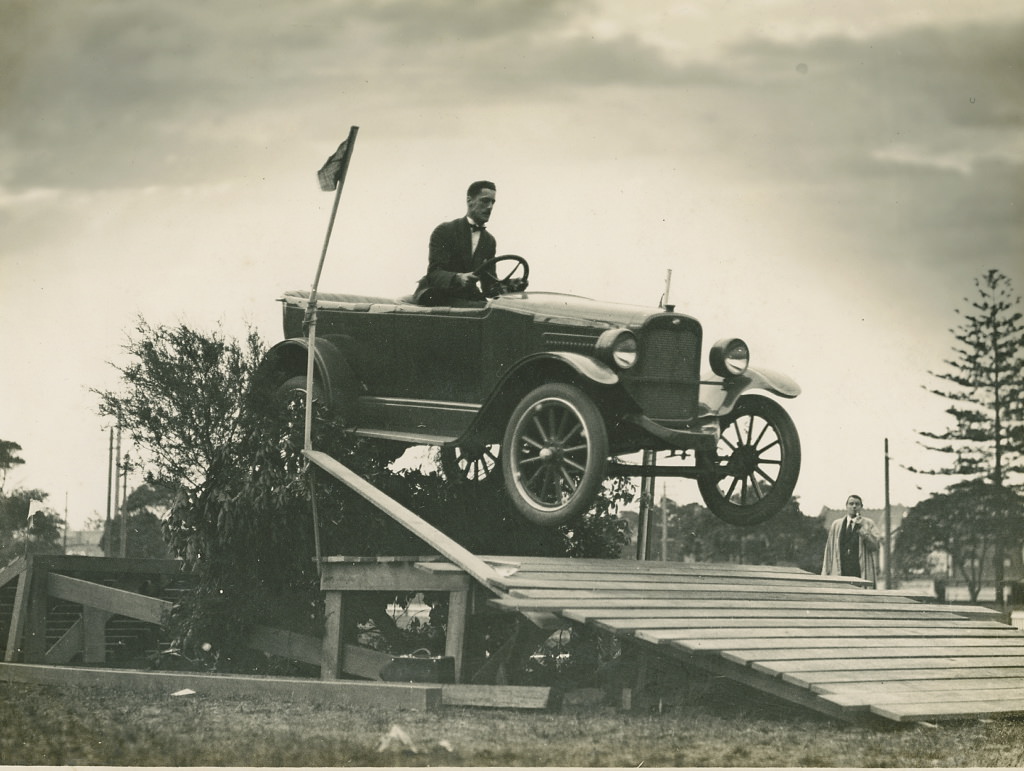
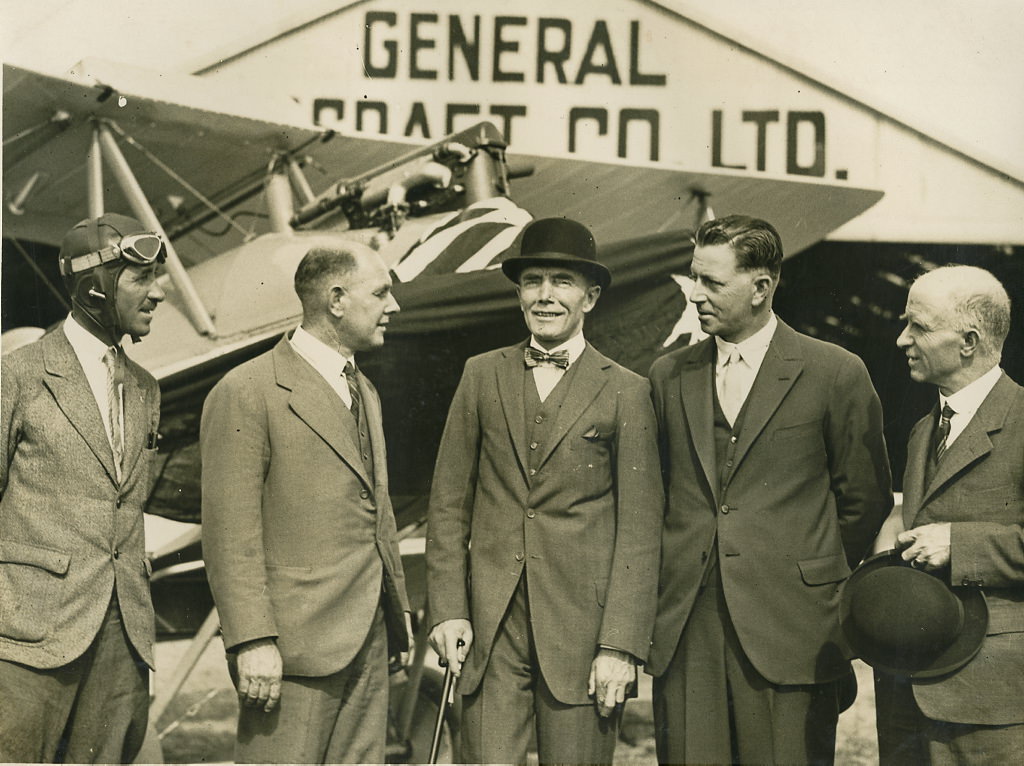
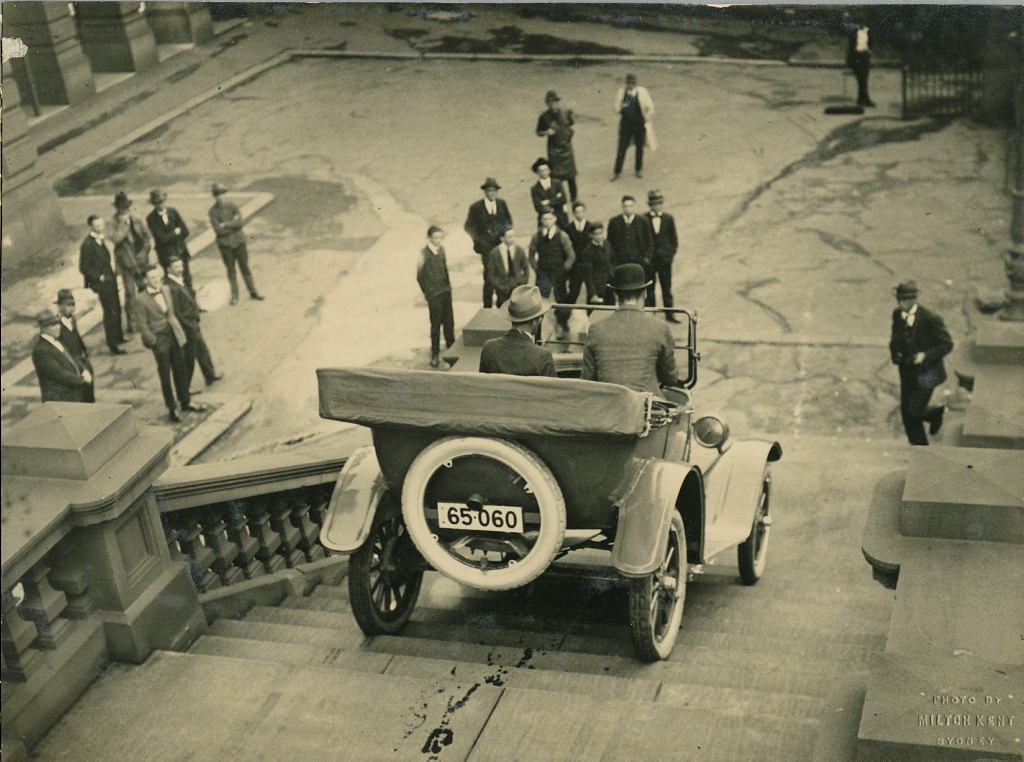
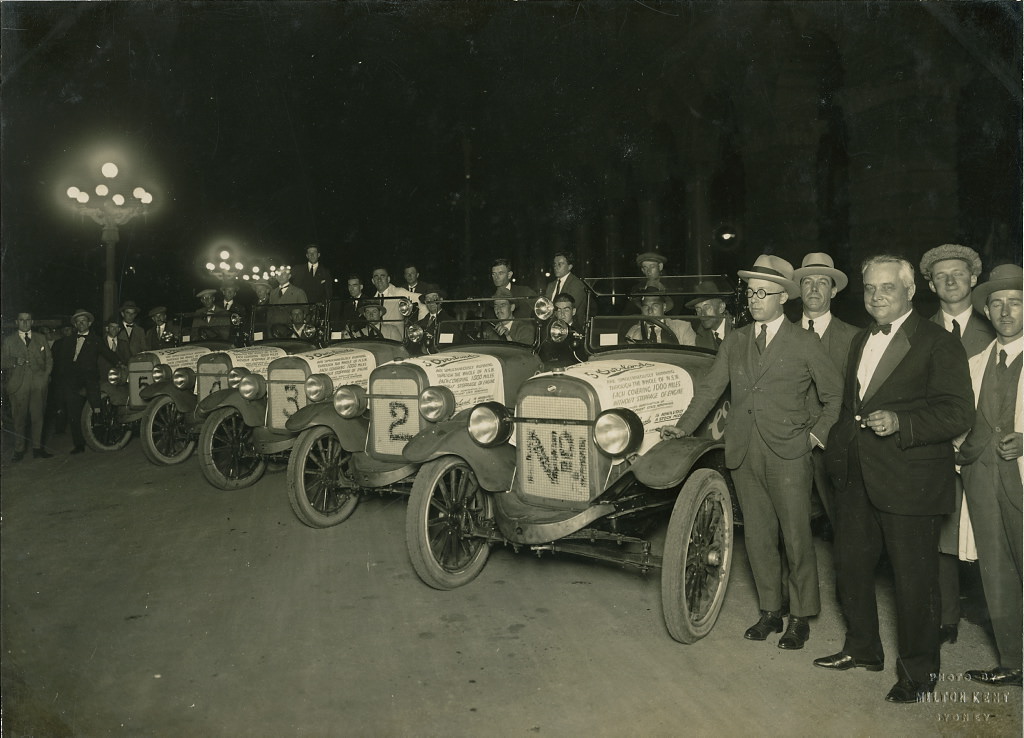
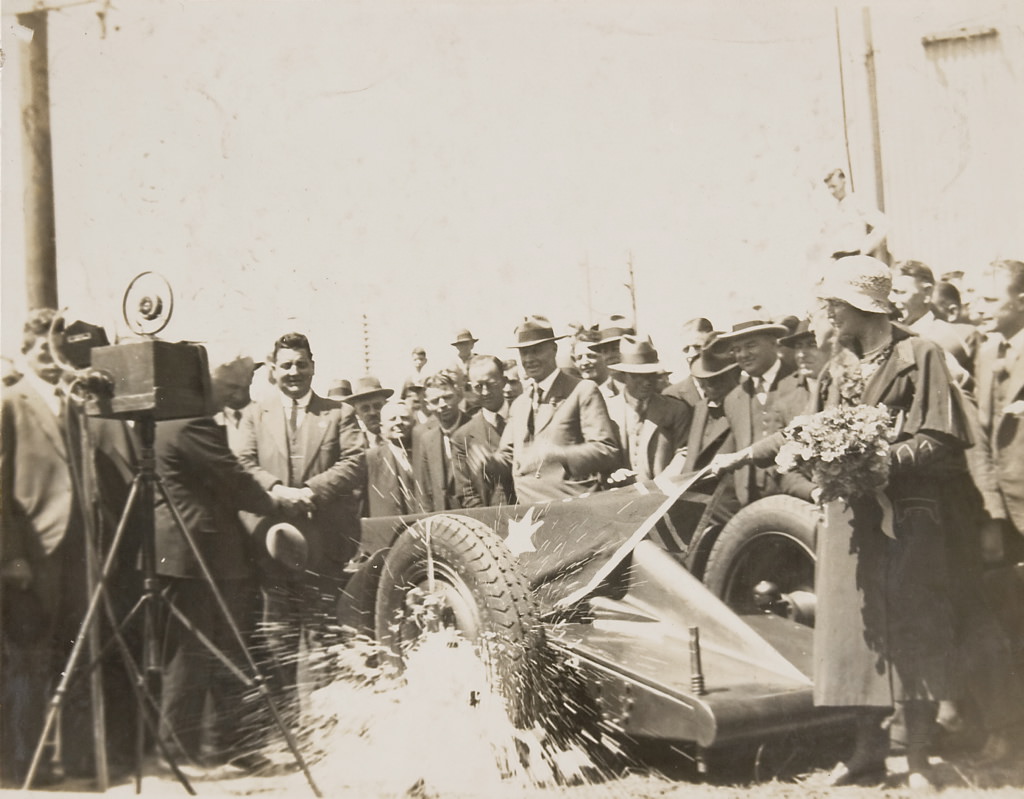
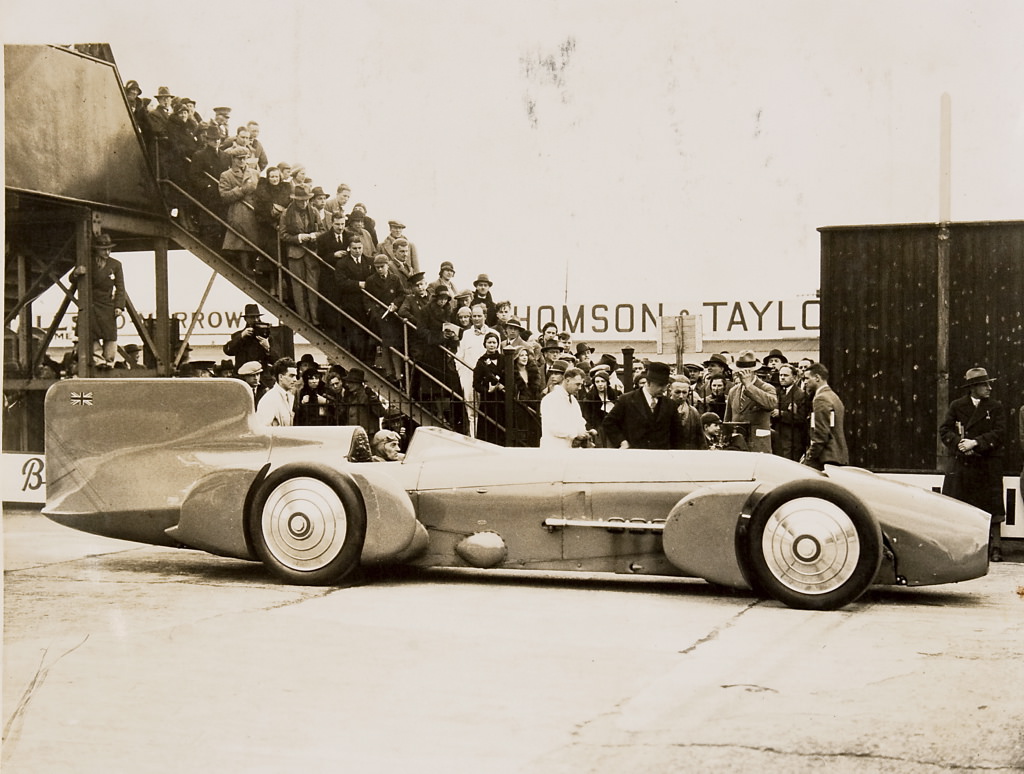
![Anzac car [with Harkness & Hillier staff at Five Dock], 1928 - 1929](https://www.bygonely.com/wp-content/uploads/2024/12/Motor_Racing_1920s_1930s_14.jpg)
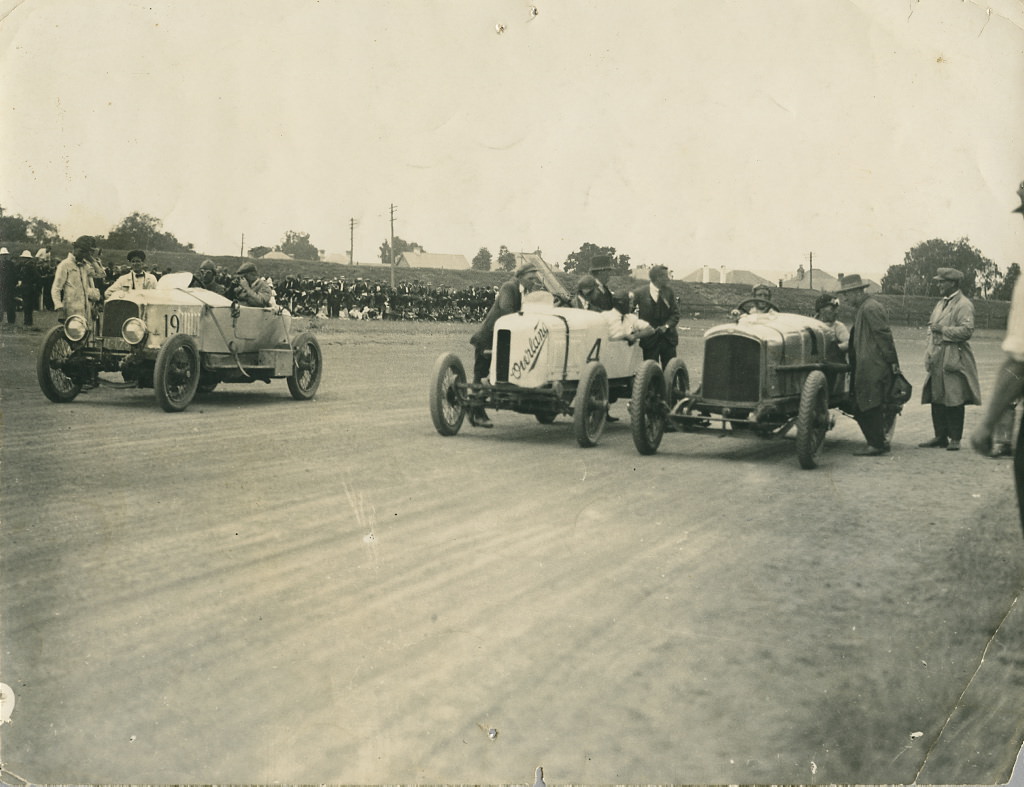
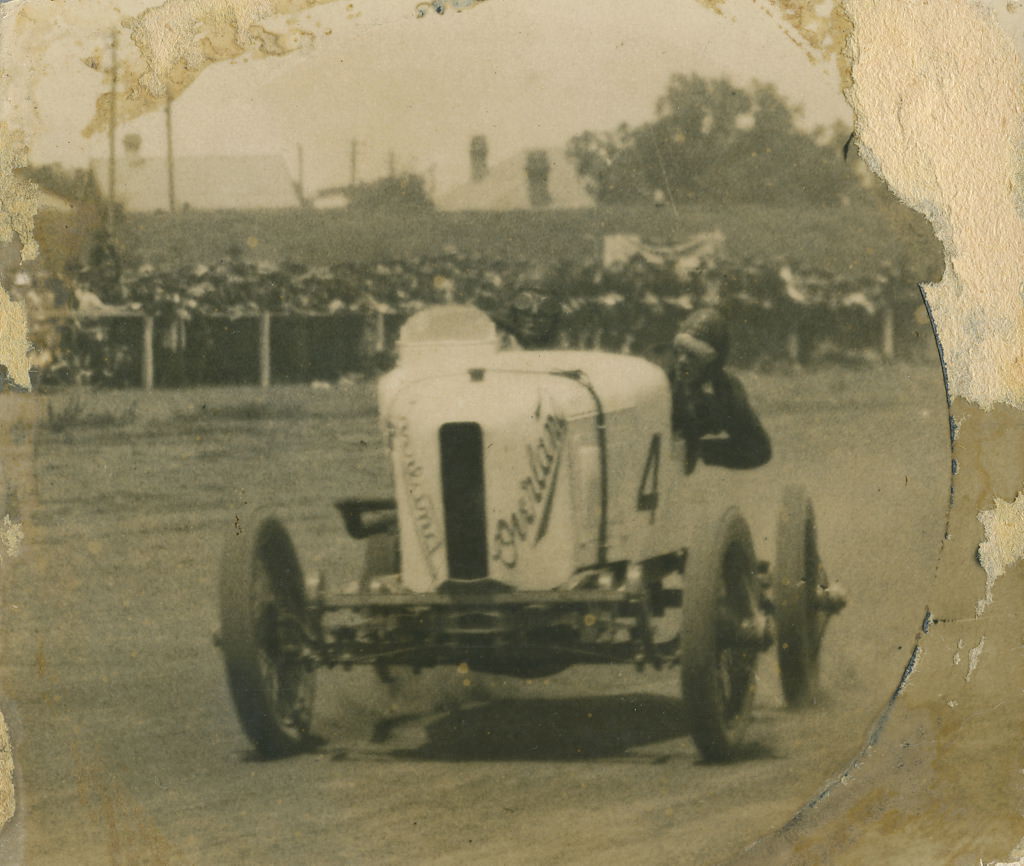
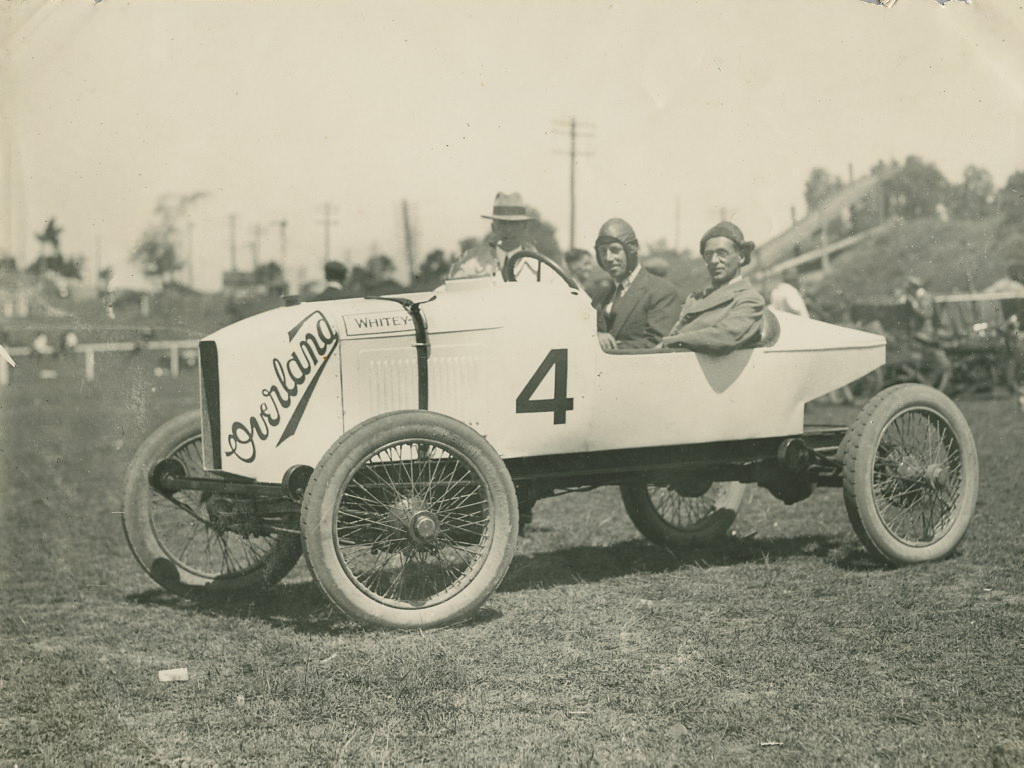
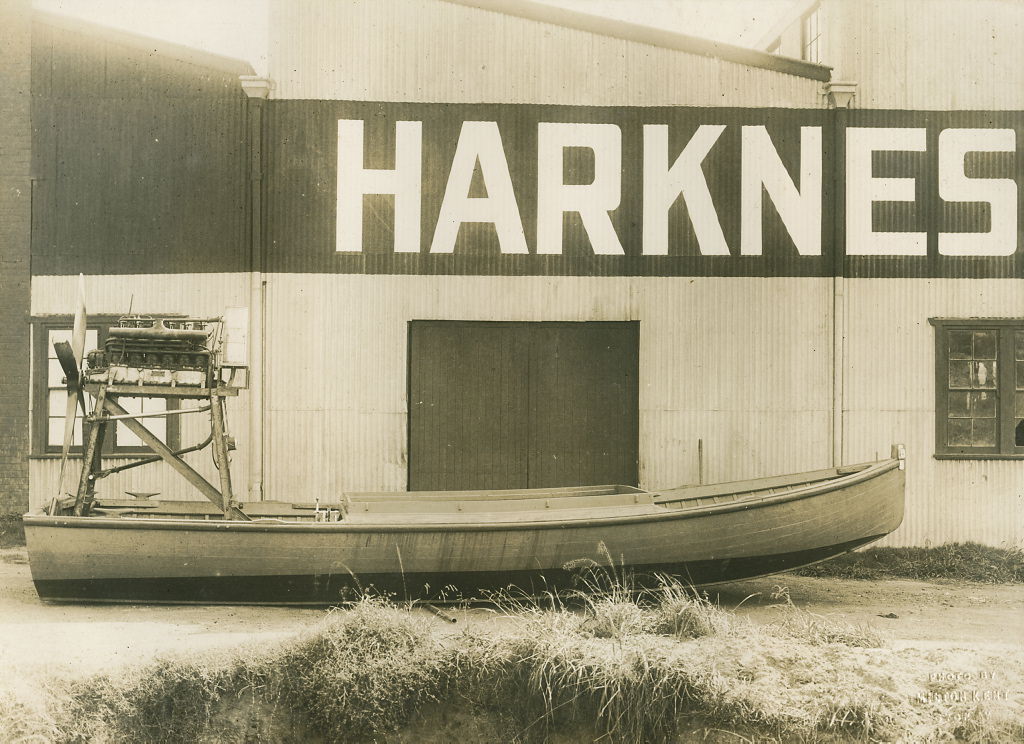
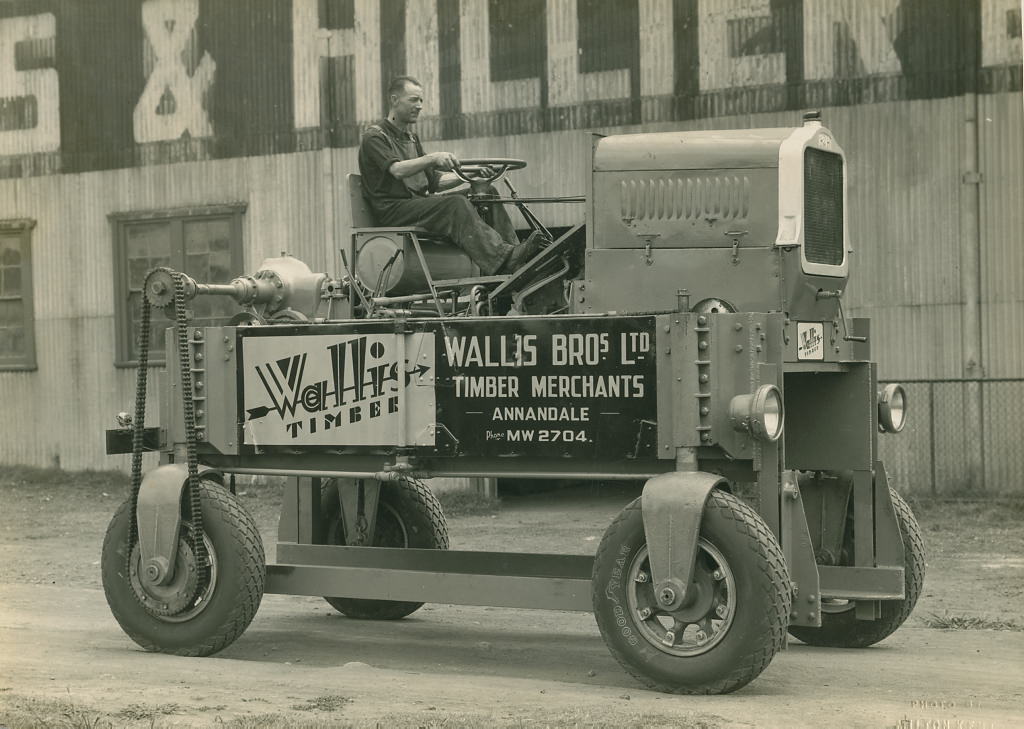
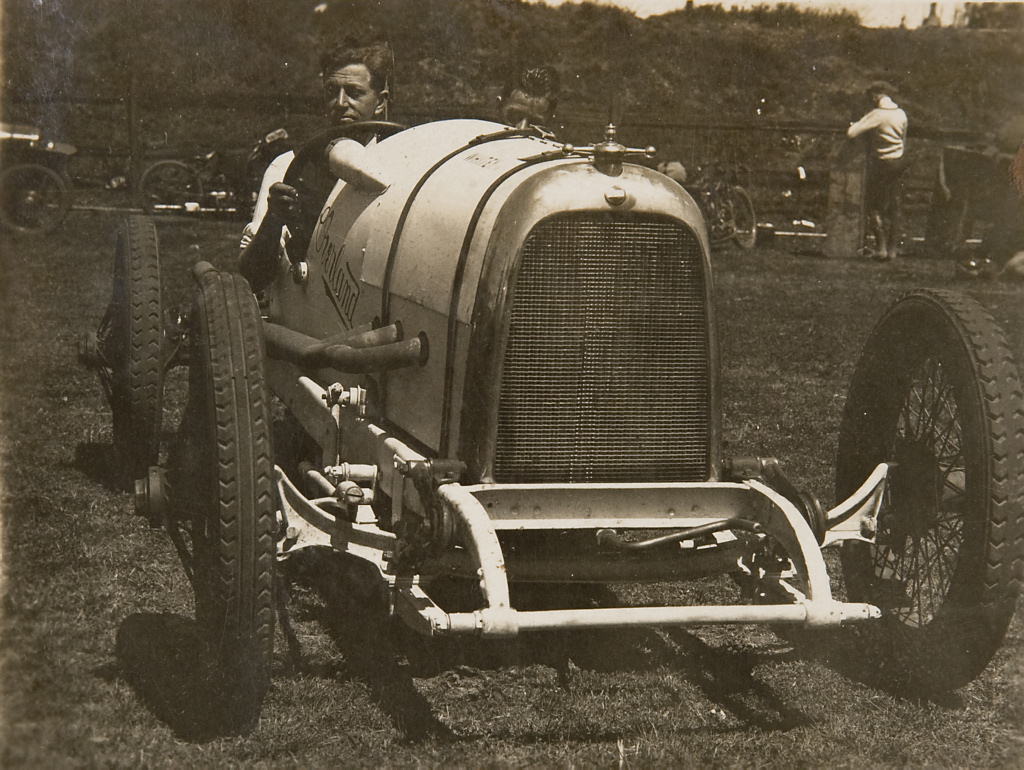
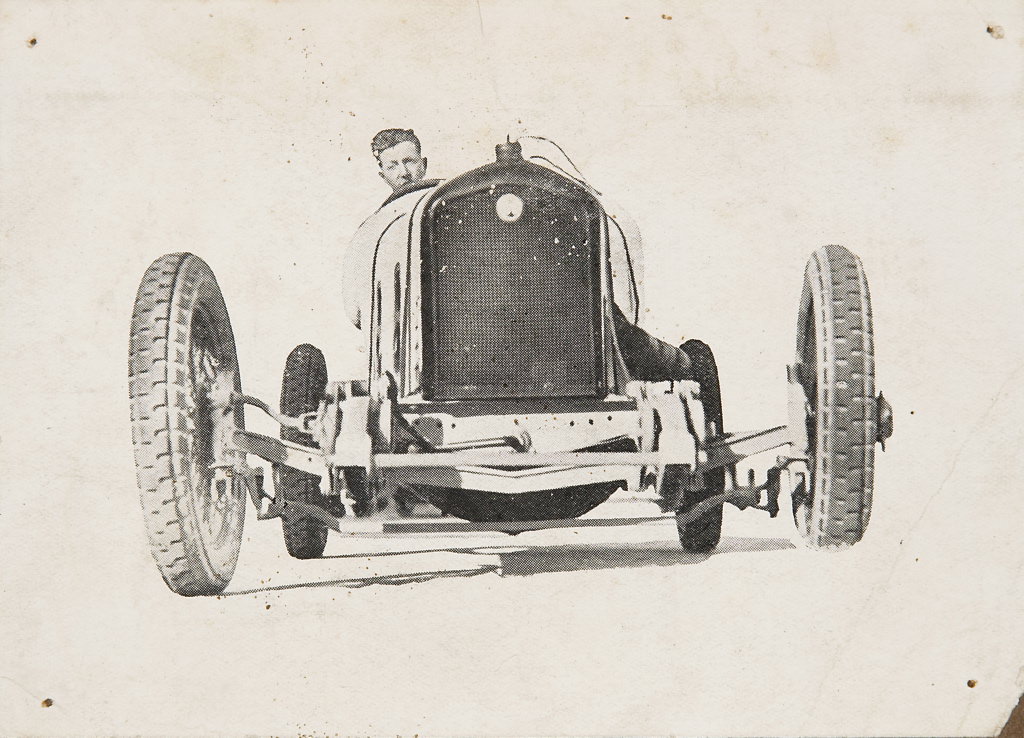
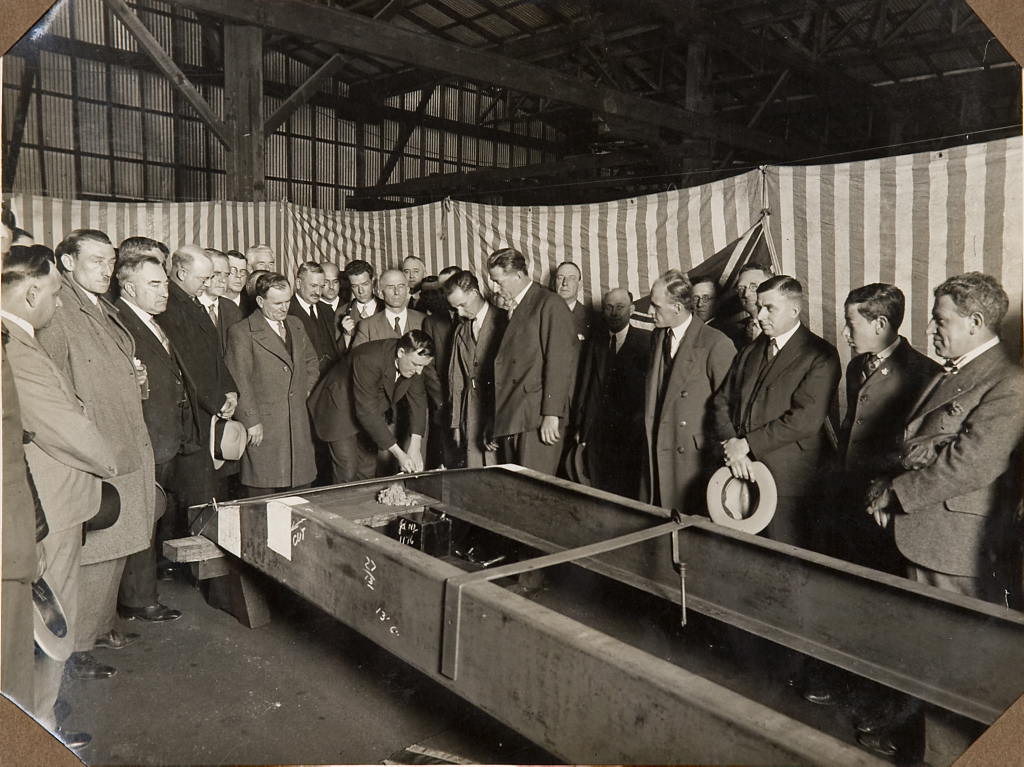
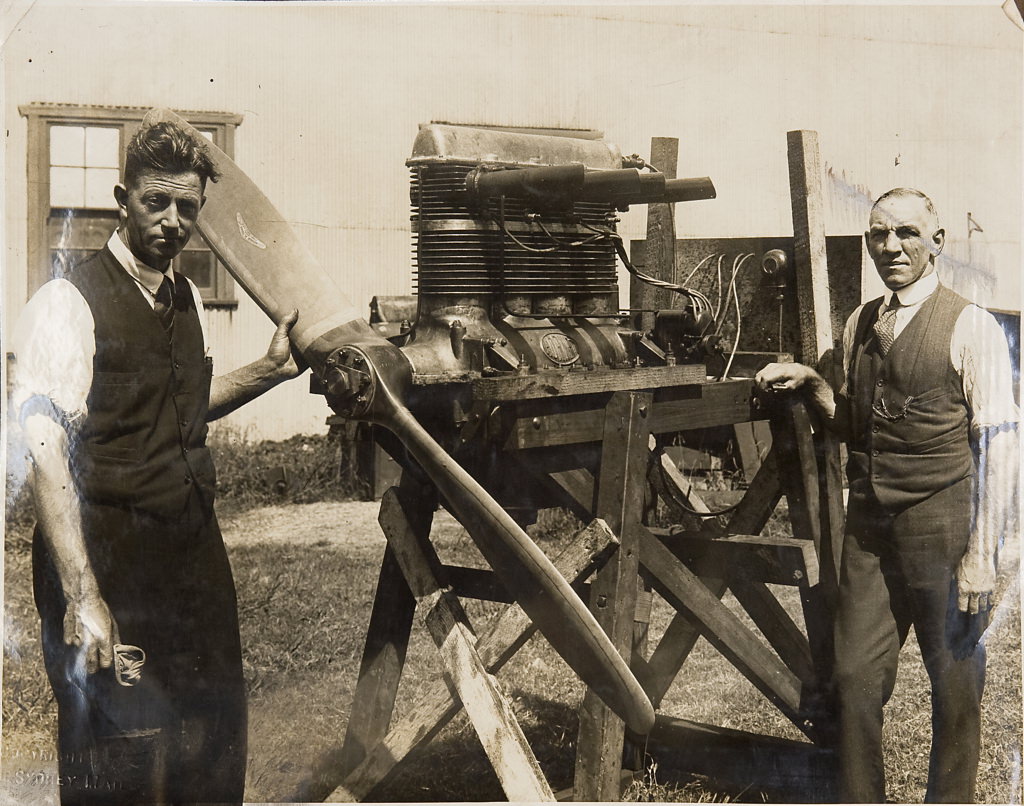
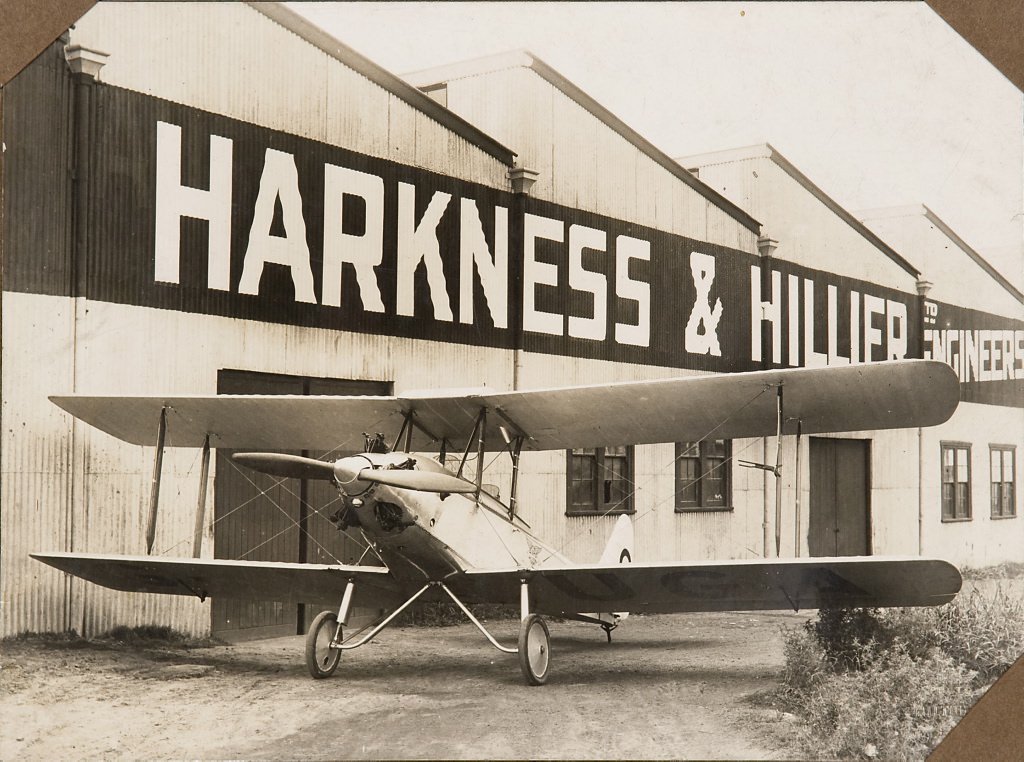
![Norman Wizard Smith and Don Harkness and two other men (on steps of Sydney Town Hall], 1926 - 1936](https://www.bygonely.com/wp-content/uploads/2024/12/Motor_Racing_1920s_1930s_25.jpg)
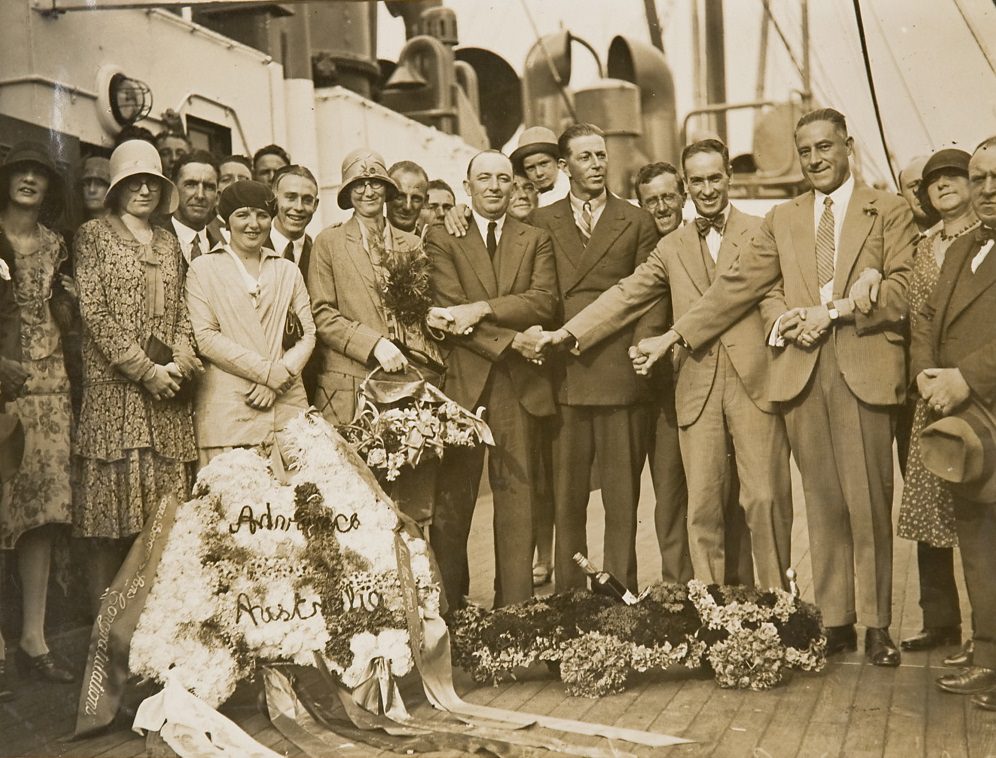
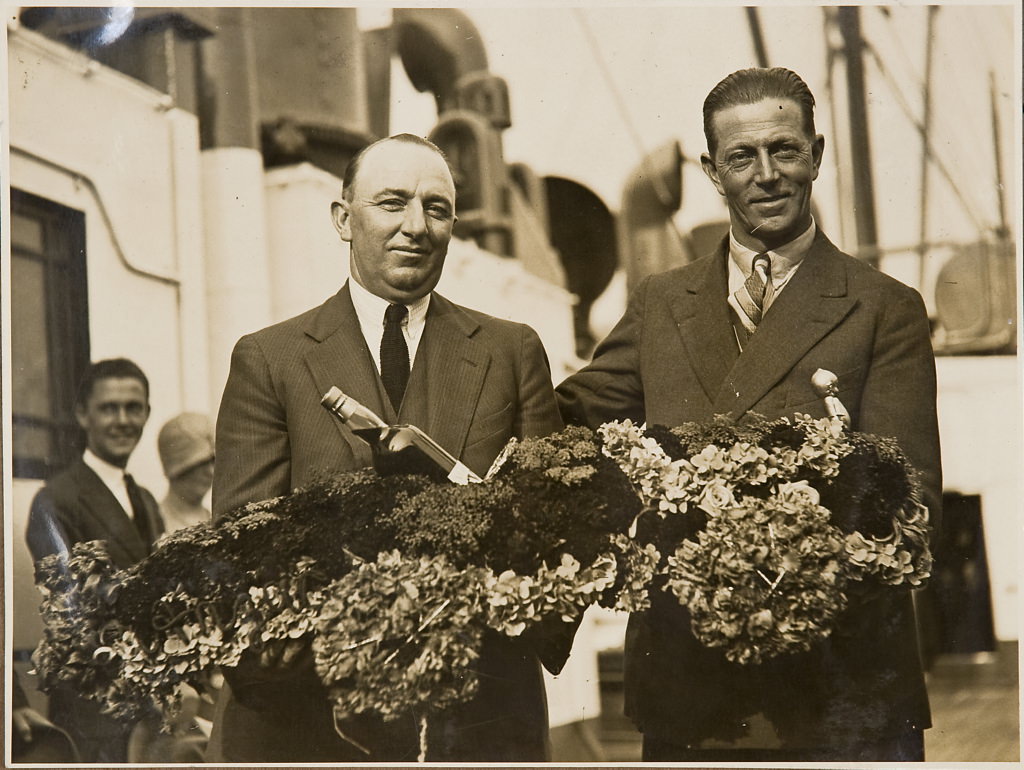
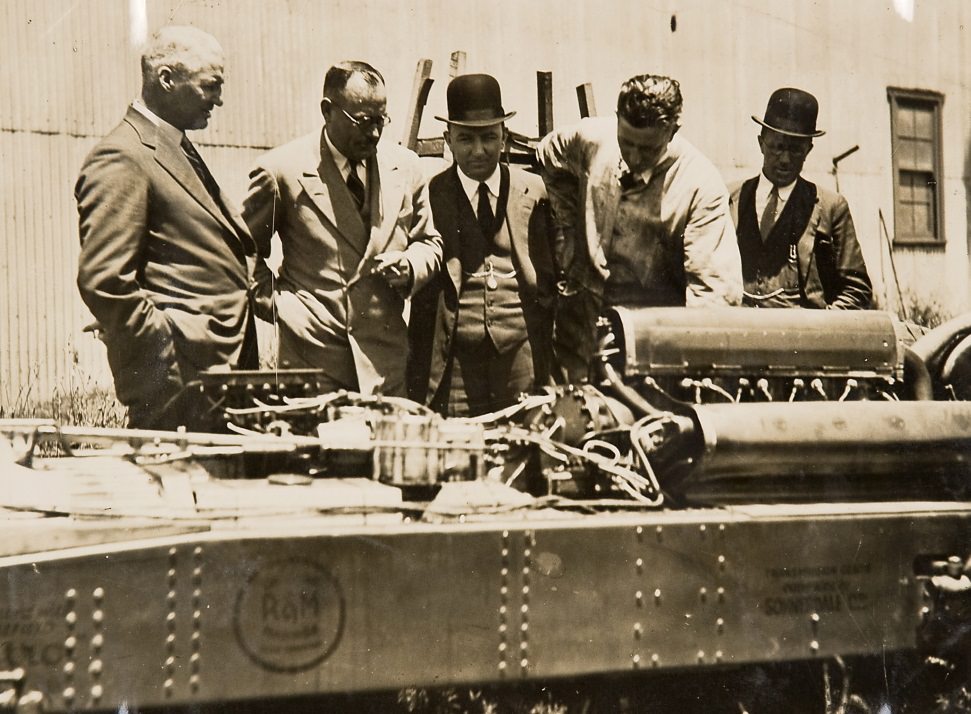
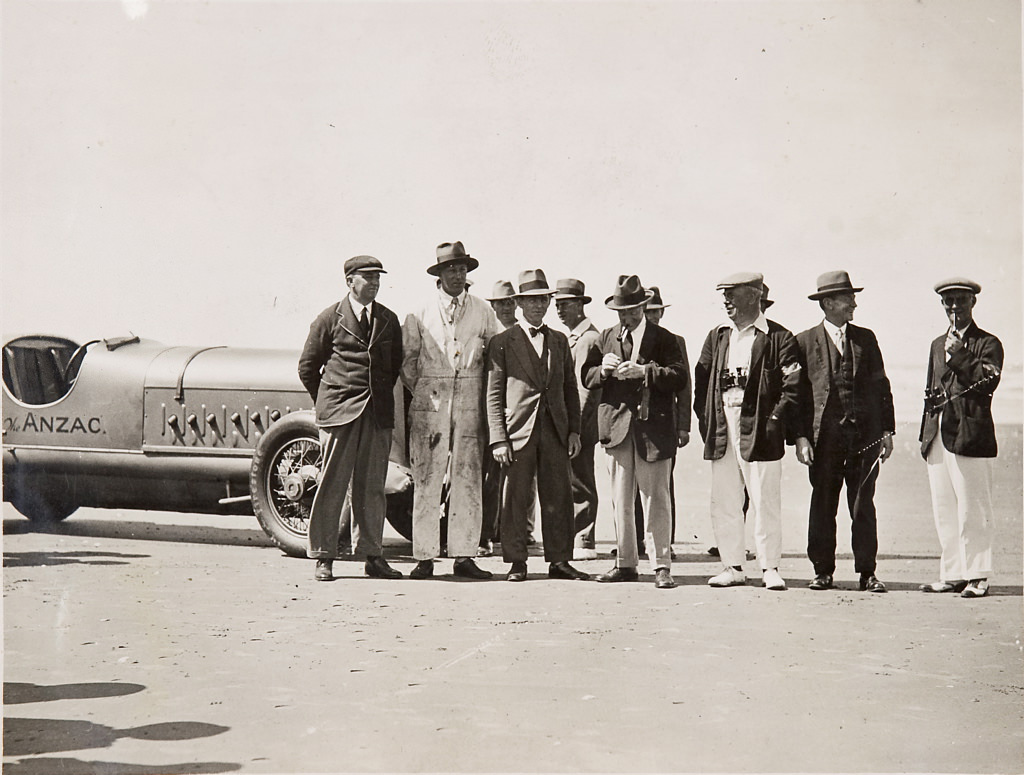
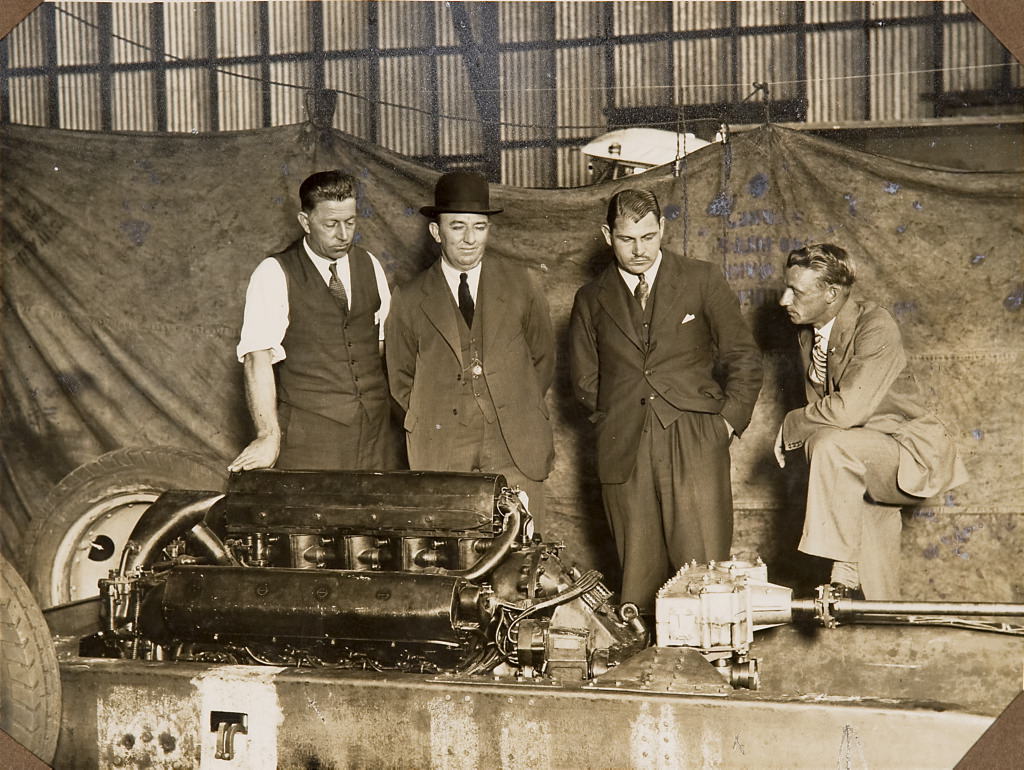
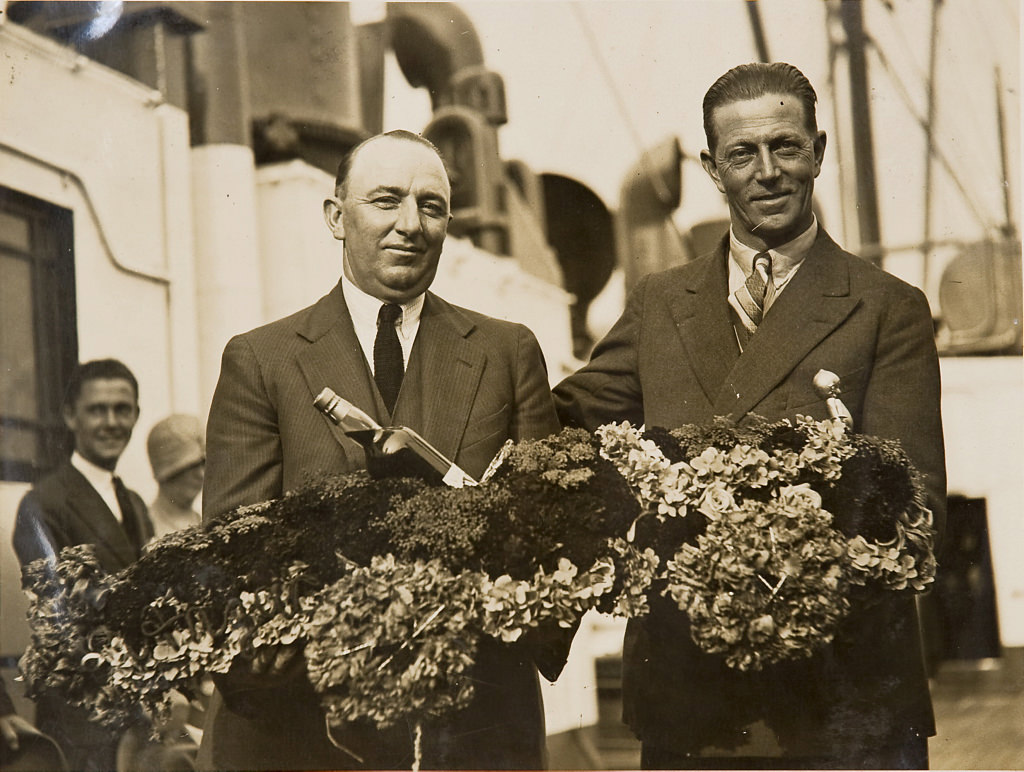
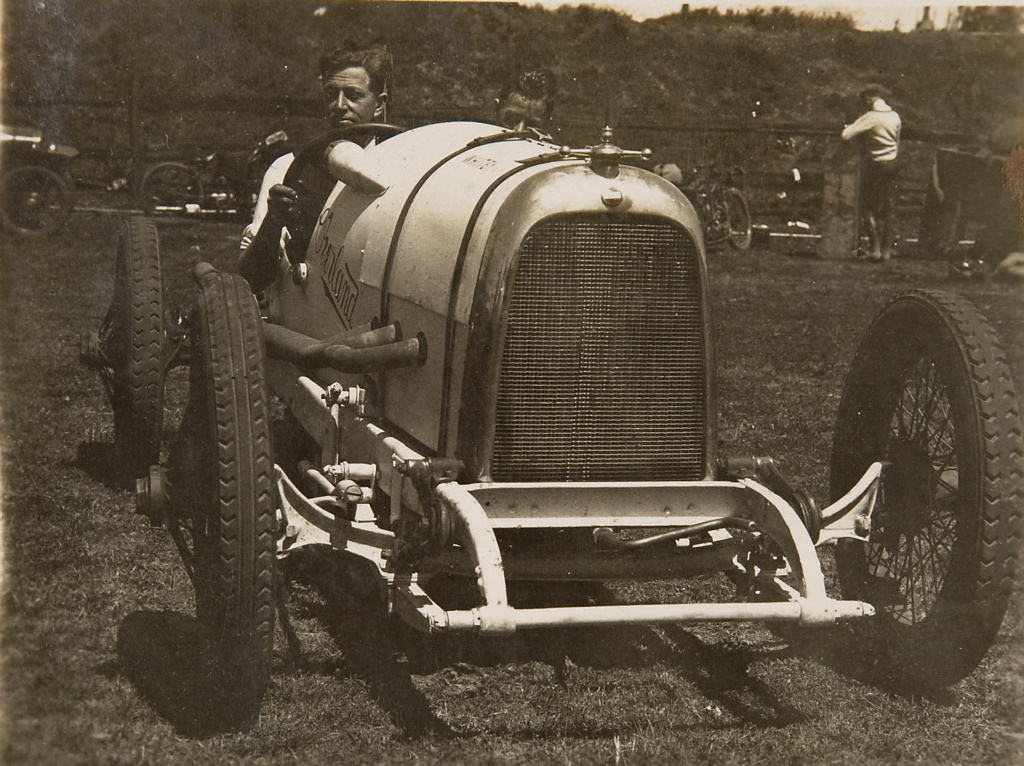
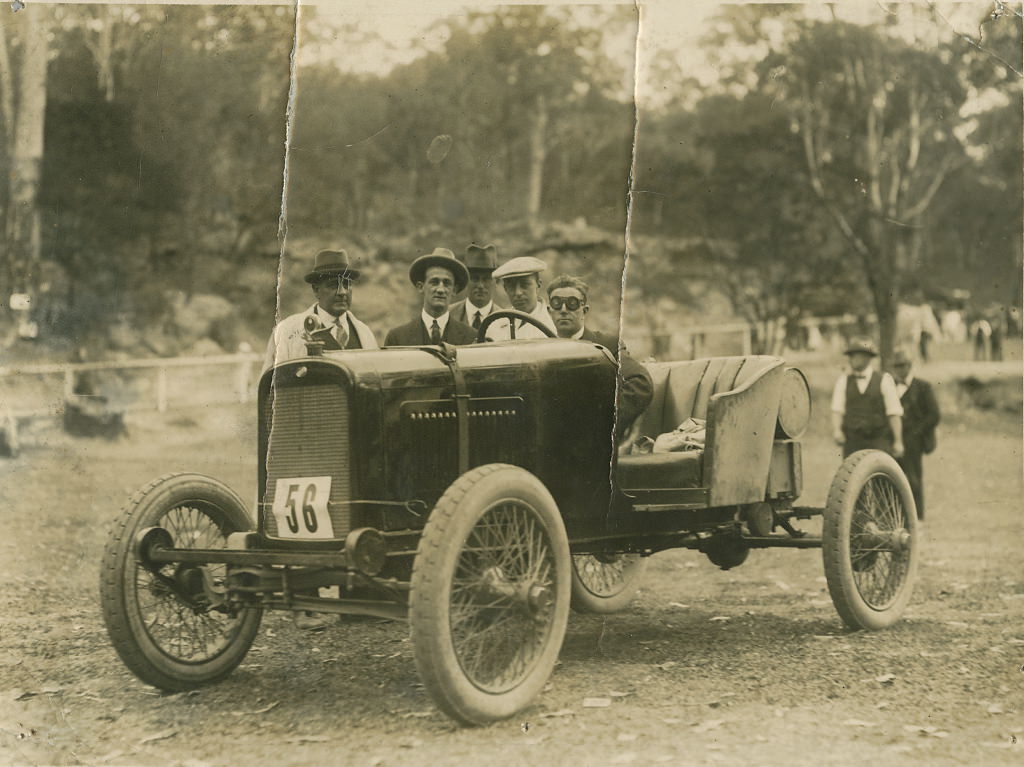
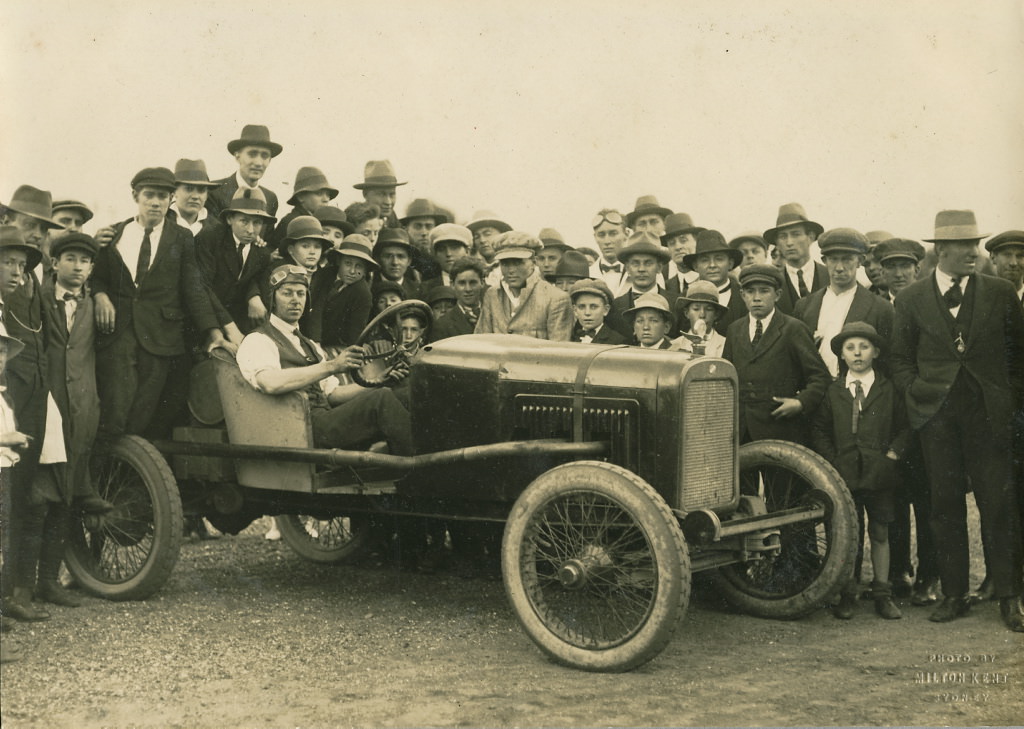
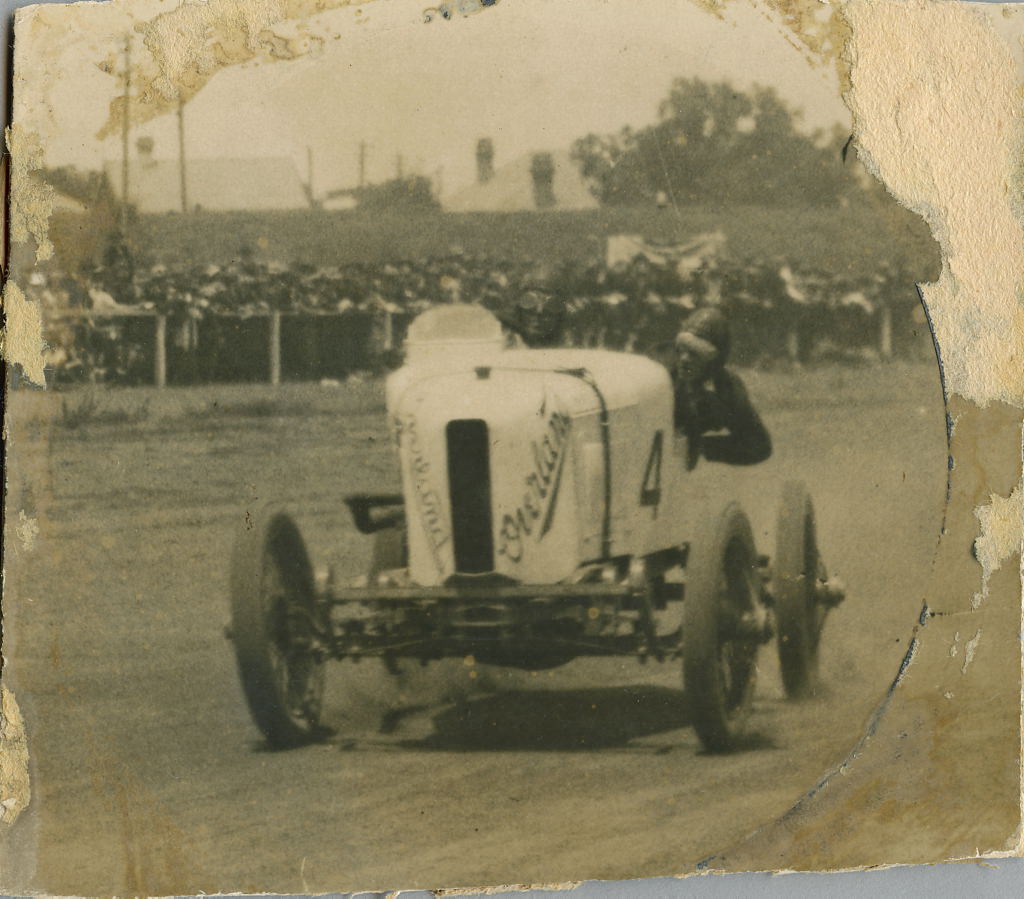
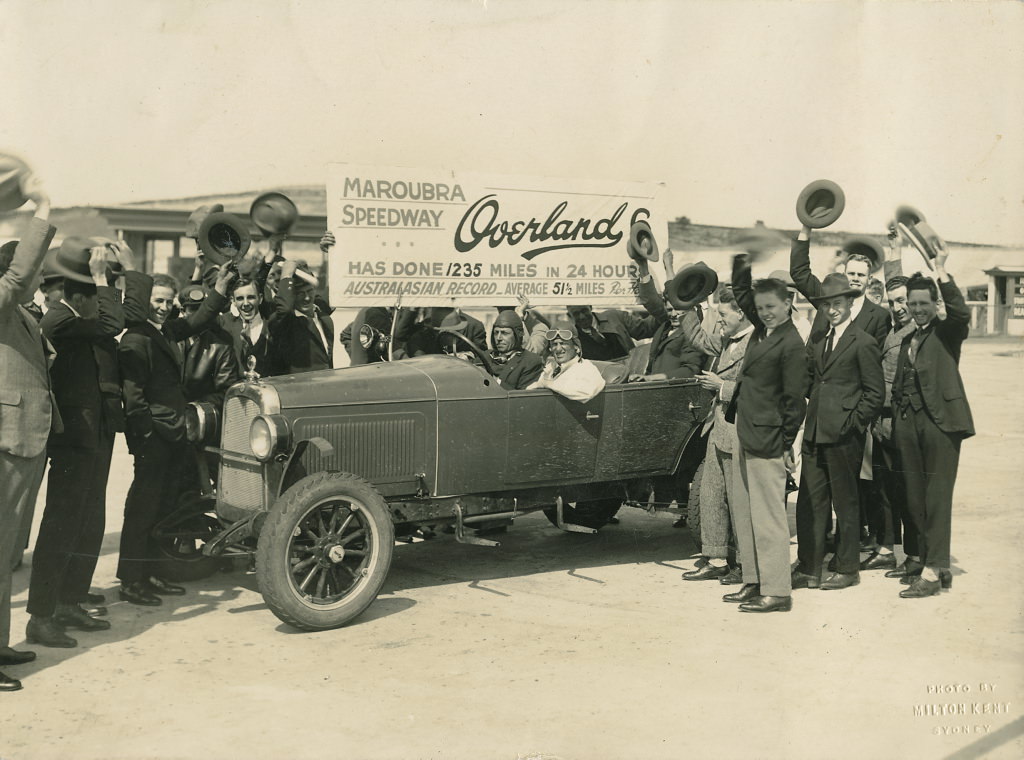
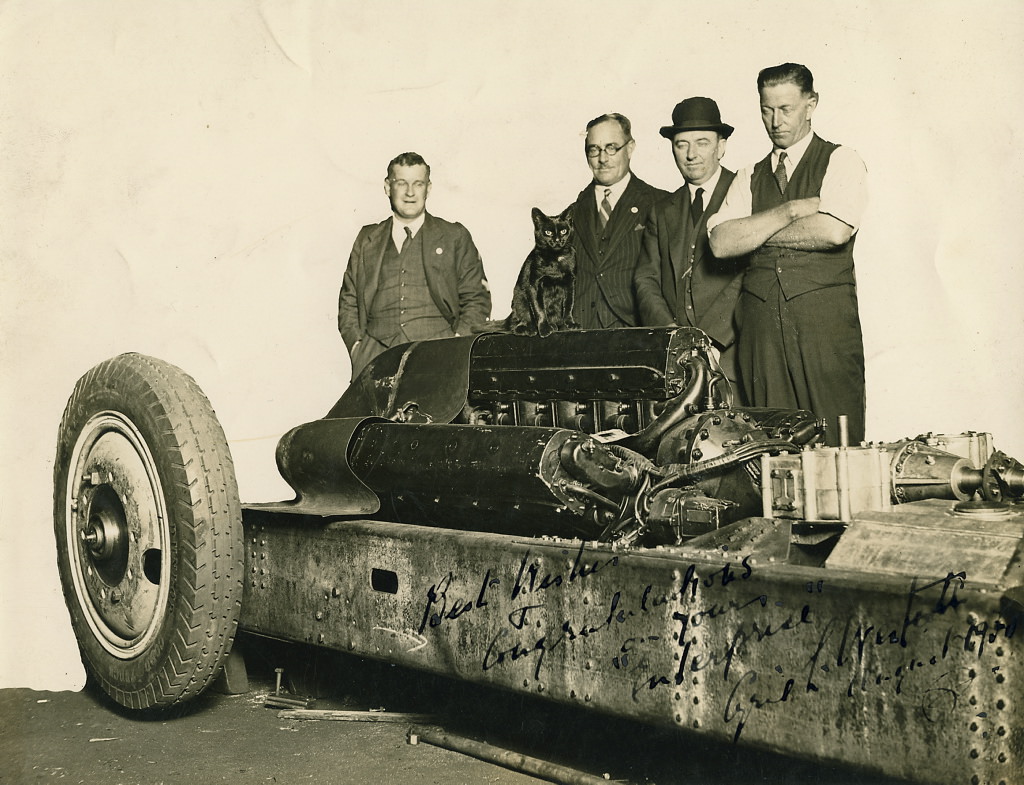
![Anzac car [with Harkness & Hillier staff at Five Dock]](https://www.bygonely.com/wp-content/uploads/2024/12/Motor_Racing_1920s_1930s_38.jpg)
